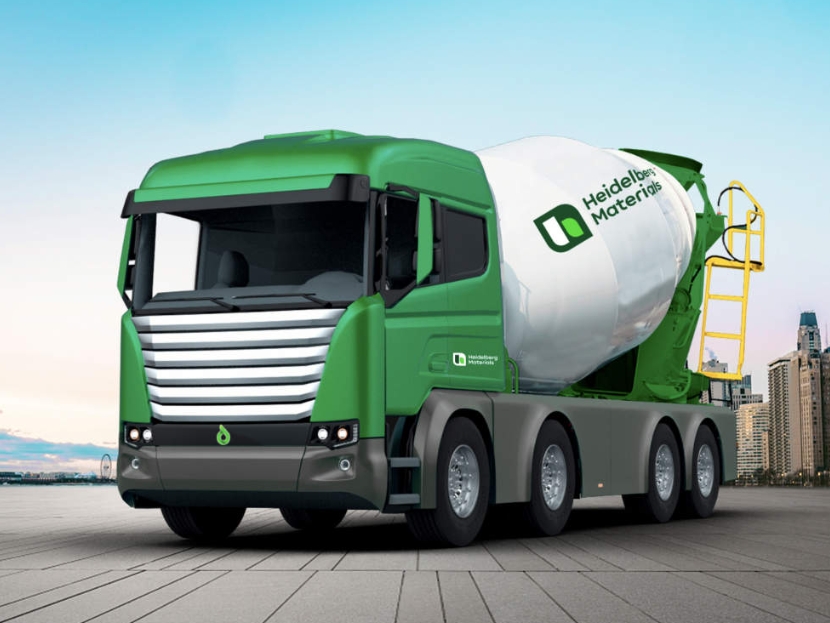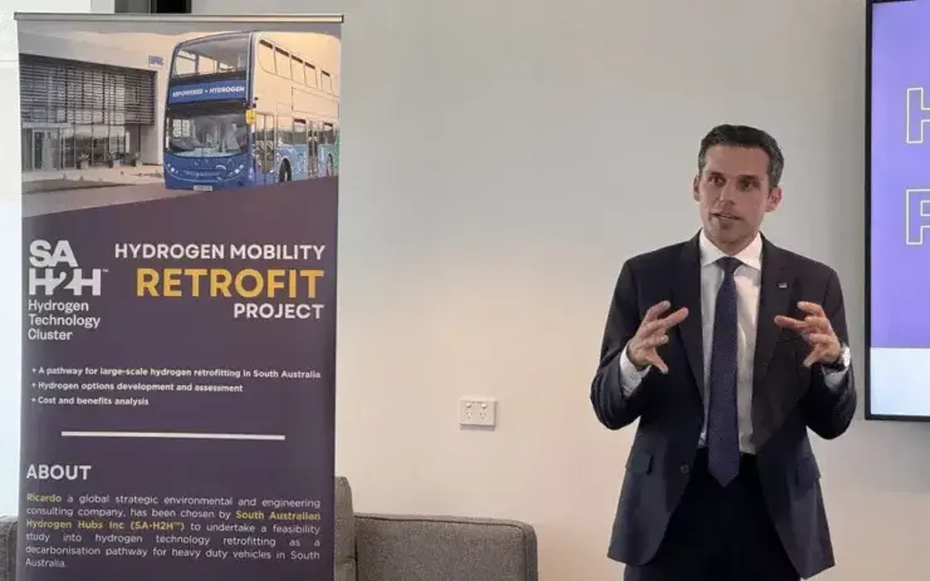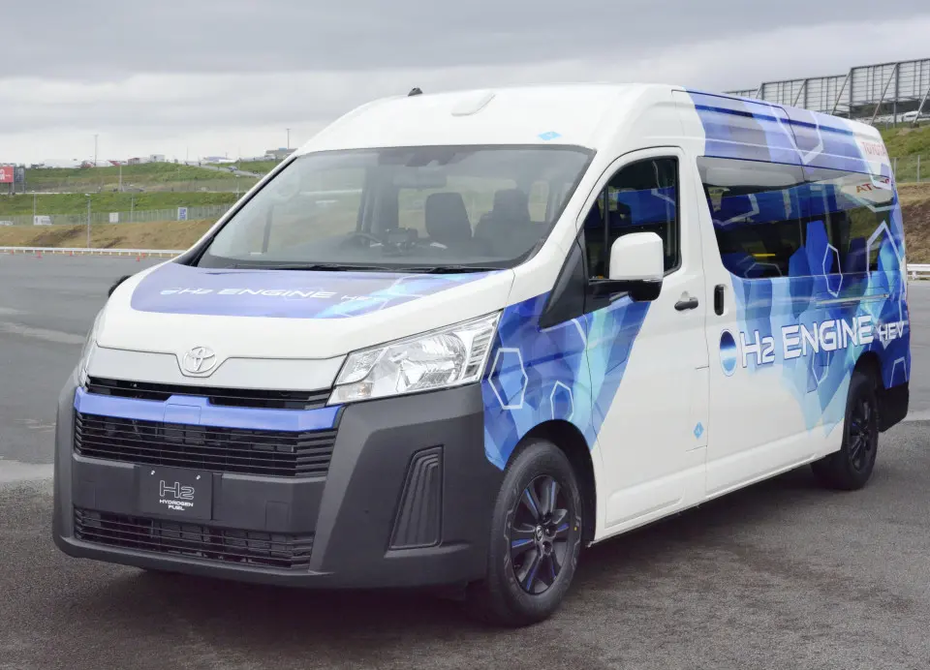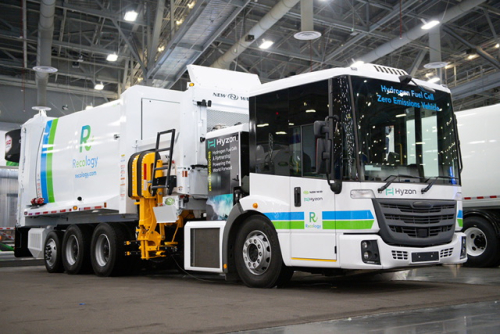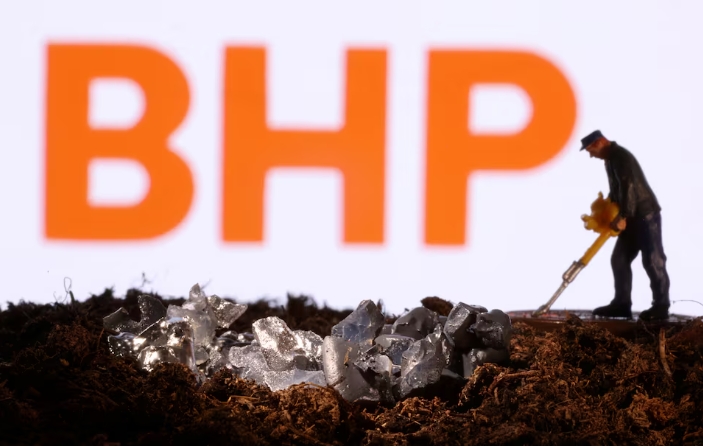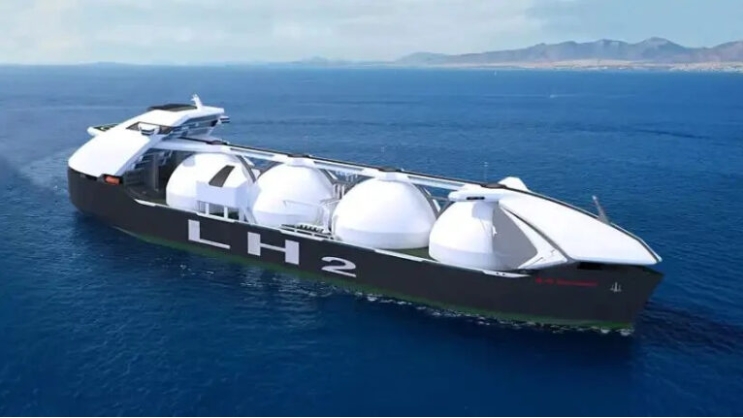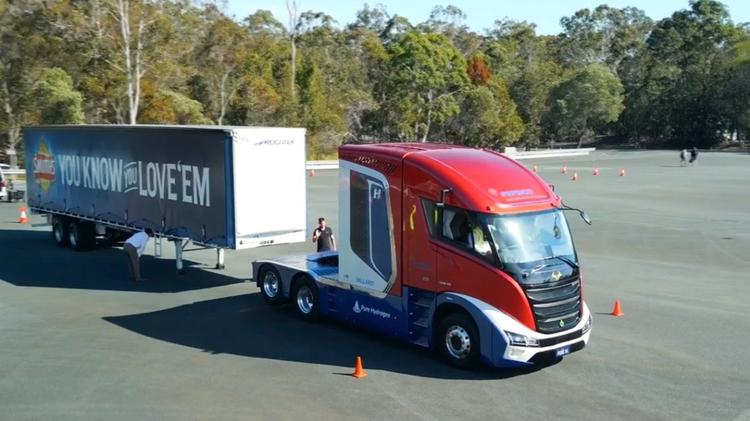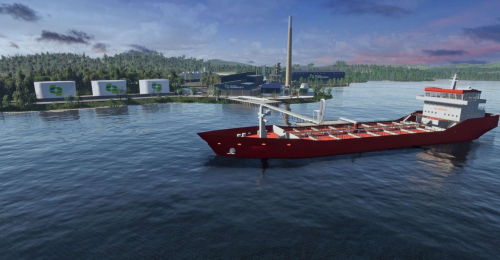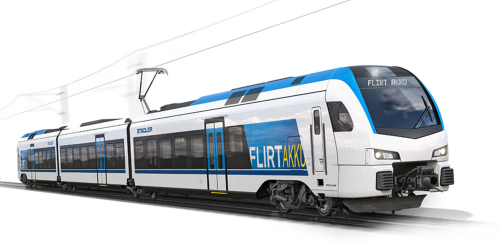
In addition, after delivering the FLIRT H2 for American passenger transport, Stadler is now also supplying hydrogen trains to Europe for the first time. As initial call-off orders from the framework agreements, ARST and FdC signed two contracts with Stadler in Rome today for the delivery of the first 12 hydrogen trains, 6 for each of the Italian companies.
The FLIRT Akku vehicles are the battery-powered version of Stadler’s best-selling FLIRT model, which has already sold over 2,500 units worldwide. They are intended for use in the eastern region in Austria, where they will replace the current diesel fleet. The FLIRT Akku model allows sustainable rail operation on non-electrified line sections by charging the traction batteries while travelling under an overhead contact line.
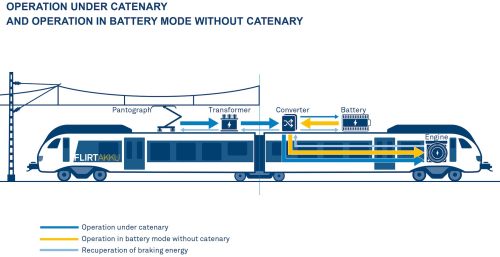
The vehicle has an operating range of around 100 kilometers. This means that the regional train can be battery operated on almost all of the non-electrified routes in Austria, for example. After successfully covering 224 kilometers in battery-only mode, the FLIRT Akku holds the world record for the longest journey travelled by a regional train in battery-only mode without additional charging.
As well as delivering new trains for ÖBB, Stadler is also supplying 55 FLIRT Akku vehicles for the Schleswig-Holstein local transport network, 44 trains for the Palatinate network and 14 trains for Deutsche Bahn’s H-Netz. The vehicles for Schleswig-Holstein are currently undergoing approval tests and will start passenger service later this year. In addition, Stadler is also manufacturing six FLIRT Akku for the Lithuanian rail operator LTG Link.
In addition to battery-powered trains, Stadler is also pushing ahead with the development of rail vehicles that run on hydrogen. These allow low-emission rail operation, especially on lines without an overhead contact line. Stadler designed and built the first multiple unit with hydrogen propulsion for SBCTA in California. After a successful test phase this spring, the vehicle is due to start operating in 2024.
Following two public tenders launched in June, Italian railway operators ARST in Sardinia and FdC in Calabria have each awarded Stadler a framework agreement for the design, production, delivery and maintenance of 10 and 15 trains respectively. The vehicles will be equipped with hydrogen fuel-cell propulsion and be dedicated to regional and suburban services for the narrow-gauge (950-mm) network in the two Italian regions. Both projects are being financed with EU funds from the National Recovery and Resilience Plan (PNRR).
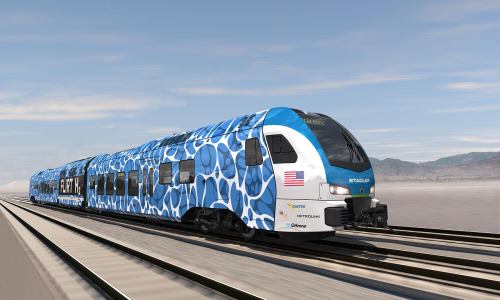
Initial call-off orders from these framework agreements have been placed for the supply of 6 hydrogen trains for ARST and a further 6 vehicles for FdC. The vehicles will be developed and built at Stadler’s headquarters in Bussnang (Switzerland).
The vehicles consist of two passenger cars, the lightweight aluminum construction of which helps to increase the train’s energy efficiency, and a power pack to house the fuel cells and hydrogen tanks, as well as other technical equipment.
With an overall length of around 50 meters, the new trains have 89 seats per vehicle for a total of 155 passengers transported, and are fully accessible for people with reduced mobility. Furthermore, the new vehicles offer specific areas for wheelchairs, pushchairs and bicycles positioned near the access and exit doors, as well as a PRM toilet compliant with TSI standards.
